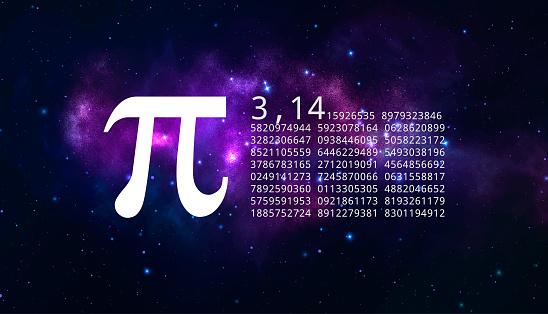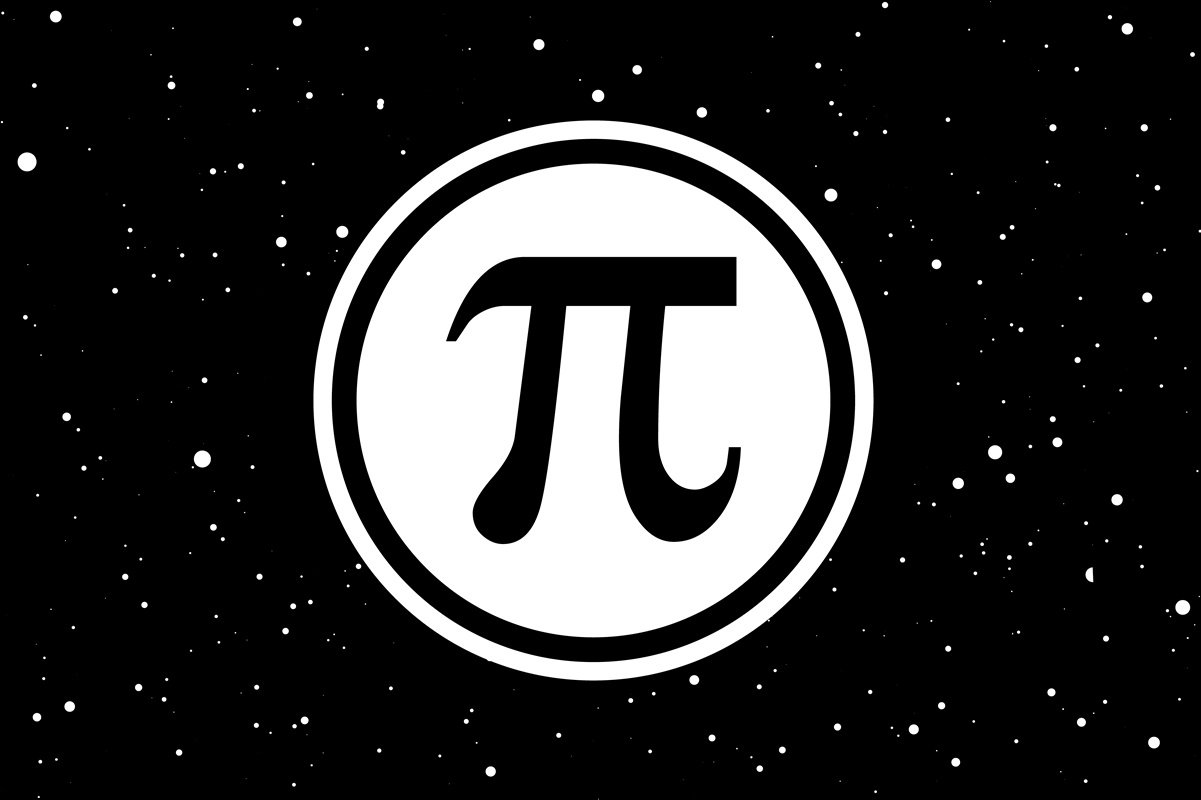Every year on March 14, Pi Day, the irrational number that has made mathematicians, engineers, physicists and scientists intrigued by its irrationality, is celebrated all over the world – besides being Albert Einstein’s birthday, the date is also a reference to Pi itself. number “3.14”, in its most simplified form.
In Brazil we write the day as 3/14, but in the United States the month appears before the day and is therefore 3/14, thus referring to the first decimals of Pi (3.14).
Although mathematics and physics have been the subject of debate for centuries, Pi, also represented by the Greek letter p, is one of humanity’s most curious and interesting numbers, and that’s exactly why it has its own memorial day. Evidence suggests that the Egyptians and Babylonians already showed interest in Pi, however, it was only in the 18th century that it was fully accepted as a mathematical notation.
The date has been celebrated since 1988 and was created by physicist Larry Shaw at the Exploratorium museum in San Francisco, United States – in 2009 the US government supported the commemoration date, and in 2019 Unesco turned the date into an international day of mathematics. .
Although it may seem a bit complicated, it is used in technologies that exist in daily life such as GPS and cell phone signal, especially when we see the Pi number full of decimal places.
HE Technology World We gathered information from experts and academics to explain the irrational number a little more.
How did pi come about?
According to the book ‘History of Pi’ by Petr Beckmann, the Greek letter p (pi) was first used in 1706 as a way to shorten the Greek word for perimeter, proposed by Welsh mathematician William Jones – only 30 years later pi was probably used by Swiss mathematician Leonhard After Euler adopted the standard, it became the standard notation in mathematics worldwide.
In any case, there is information that indicates that Pi was used even in Babylonian times, about four thousand years ago. In addition, a study published in the scientific journal Nature points to a quotation in the Bible about an approximate version of Pi.
“He also made the molten sea round, ten cubits from side to side, and five cubits high; and its circumference was a wire thirty cubits”, quoted in the Bible at 1 Kings 7:23.
How is pi calculated?
But what does this mean? Op represents the ratio between the circumference and diameter of any circle, and regardless of its size, this value will always be Pi, so approximately ‘3.14’ — number with only 18 decimal places would be ‘3.141592653589793238’ but can go on forever. So, just divide the circumference and diameter of a circle and that’s it, you get the Pi value.

p is the answer to the relationship between the distance around a circle and the distance along the center of the circle, that is, the circumference and the diameter. Thus, it is defined that the circumference of a circle is always approximately three times larger than its diameter – in other words, the distance from the circumference is ‘Pi’ times greater than the diameter. However, there are several methods for discovering Pi such as classical calculation, Archimedes method, statistical methods and other methods mentioned above.
After all, how is the Pi used?
Op is used in many applications in the modern world as well as being used to calculate the circumference of a circle. For example, Pi can be used to describe the geometry of planet Earth, so mapping and GPS technologies need to calculate Pi with high precision to provide accurate locations, and it’s not just for vehicle GPS systems. NASA itself uses the irrational number. Get accurate accuracy on your own space GPS.
American mathematician David H. Bailey claims that Pi is crucial for decomposing a cell phone signal into its component frequencies – for example when communicating with a local telephone tower – using the Fourier Transform formula.
Since the mathematical formula for swinging the pendulum from side to side is based on Pi, pendulum clocks are also based on Pi. Also, the irrational number can be used in various calculations regarding the forces of gravity and magnetism – for example, to calculate the force exerted by the Earth on the Moon.
Source: Tec Mundo
I’m Blaine Morgan, an experienced journalist and writer with over 8 years of experience in the tech industry. My expertise lies in writing about technology news and trends, covering everything from cutting-edge gadgets to emerging software developments. I’ve written for several leading publications including Gadget Onus where I am an author.













